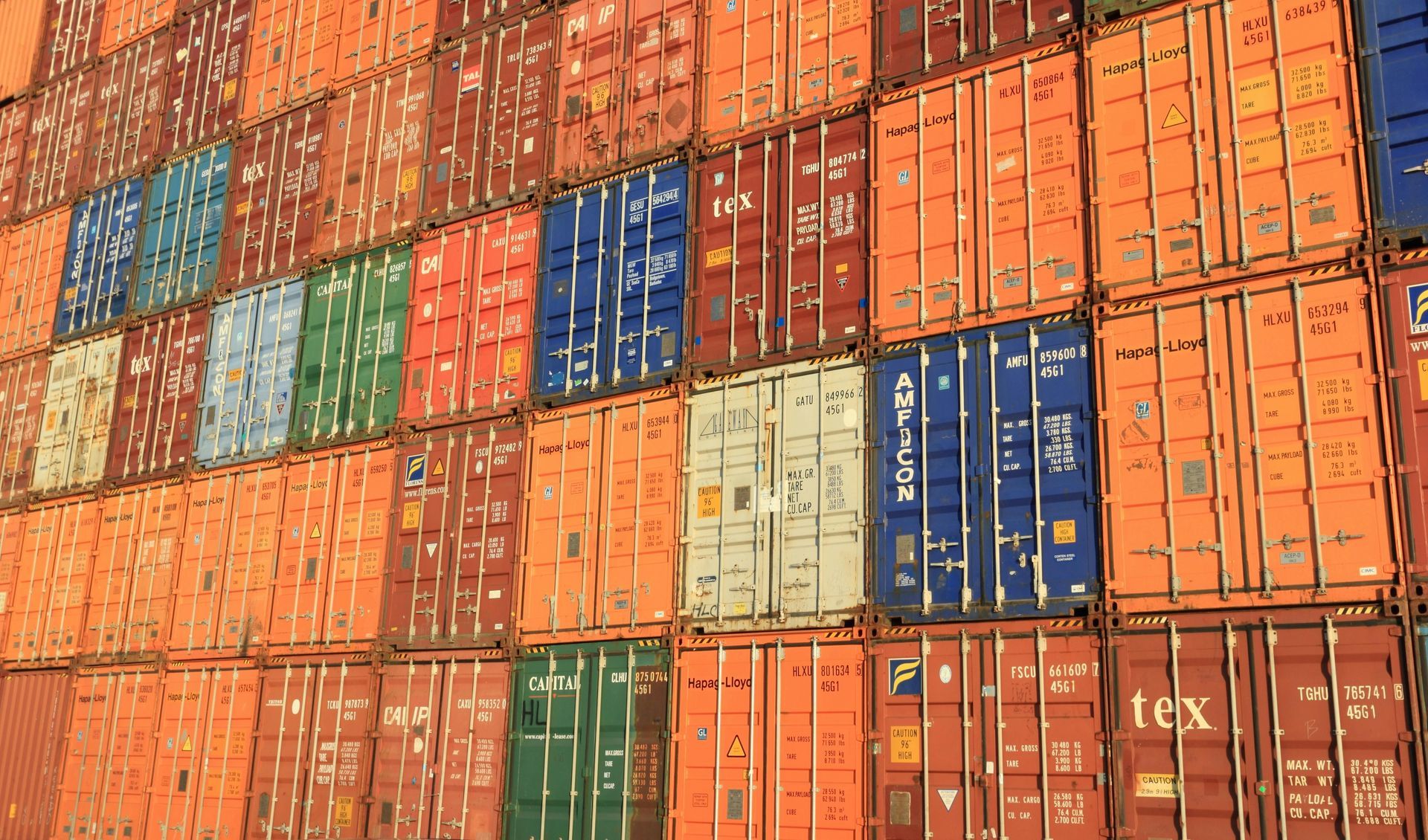Building Stronger SME Teams: How to Leverage Diversity for Better Business Results
In today's competitive business landscape, SMEs face unique challenges in attracting and retaining top talent. One key advantage SMEs can leverage is building diverse teams that foster innovation, resilience, and enhanced problem-solving capabilities. Here are practical strategies SMEs can implement to assemble high-performing, diverse teams.
Why Diversity Matters for SMEs
Diverse teams consistently outperform homogeneous ones, bringing varied perspectives, creative solutions, and improved decision-making. SMEs benefit substantially from diversity, as it allows them to innovate faster, respond better to market changes, and attract a broader customer base.
Practical Tips for Building a Diverse Team
1. Expand Your Recruitment Channels
Relying solely on traditional recruitment channels limits your access to diverse talent. Expand outreach through:
- Specialized Job Portals: Utilize platforms dedicated to diverse hiring, such as Jopwell, DiversityJobs, or RemoteWoman.
- Community Partnerships: Collaborate with local community organizations, professional associations, and educational institutions to reach underrepresented groups.
2. Craft Inclusive Job Descriptions
Inclusive language in job postings helps attract a diverse applicant pool.
- Use clear, accessible language and focus on essential qualifications rather than exhaustive requirements.
- Express a genuine commitment to fostering an inclusive and equitable workplace.
- Consider using tools like Textio to identify and eliminate potentially biased phrasing.
3. Adopt Structured and Bias-Free Interviewing Processes
Implement structured interviews to standardize questions and evaluation criteria across candidates, reducing unconscious bias.
- Ensure diverse representation among interview panels.
- Focus on competency-based assessments rather than subjective opinions.
4. Prioritize Inclusive Workplace Culture
Building diversity is only effective when paired with genuine inclusivity:
- Establish mentorship and sponsorship programs.
- Conduct regular diversity and unconscious bias training sessions.
- Foster open dialogue and feedback channels to address concerns proactively.
5. Use Flexible Working Models
Flexible work arrangements make your workplace accessible to individuals from diverse backgrounds, including caregivers, individuals with disabilities, and those from different geographic locations.
Real-World SME Case Studies
1. Avtar Group (India):
Avtar Group, founded in 2000 in Chennai, India, is a human resources consulting firm specializing in promoting workplace diversity, equity, and inclusion, with a particular focus on creating second career opportunities for women. They launched a job portal (myAvtar.com) as India’s first diversity job portal, which caters to women, LGBTQ+ individuals, person with disabilities (PWD), veterans, and seniors.[1]The portal hosts job fairs, upskilling programs, and events for underrepresented groups. Within the company’s first year of operation, they hosted three job fairs exclusively for women, which attracted over 6,000 registrations, over 50 employers with 1,000 interviews set and over 500 shortlists.[2] Avtar has influenced corporate inclusion policies and increased workforce participation for women in Tier I-III cities in India.
2. Findings from Reports and Studies:
- How Diverse Leadership Teams Boost Innovation (Boston Consulting Group, 2018): a study which surveyed over 1,700 companies across eight countries found that companies with above-average diversity in management teams reported 45% of total revenue from innovation (new products/services), while companies with below-average diversity reported 26%.[3]
- Diversity Matters Even More (McKinsey, 2023): a study of global companies revealed that firms in the top quartile for both gender and ethnic diversity in executive teams are 9% more likely to outperform peers financially. The study also found that companies with top-quartile gender diversity on boards are 27% more likely to outperform financially than those in the bottom quartile. For ethnic diversity, top-quartile firms 13% more likely to outperform.[4]
Measuring Success
Continually assess the effectiveness of your diversity initiatives:
- Regularly track diversity metrics across your workforce.
- Conduct anonymous employee surveys to evaluate inclusivity.
- Refine your approach by analyzing insights gathered from feedback and performance outcomes.
Building diverse teams provides SMEs with essential tools for sustained innovation, effective decision-making, and a robust competitive edge. By proactively implementing inclusive hiring practices, fostering welcoming workplace cultures, and continually evaluating their diversity initiatives, SMEs can build stronger teams that drive sustained business success.
[1] https://www.myavtar.com/services/diversity-hiring
[2] https://hr.siliconindia.com/vendor/myavtar-refurbishing-the-comprehensiveness-of-the-indian-recruitment-industry-cid-18481.html#google_vignette
[3] https://www.bcg.com/publications/2018/how-diverse-leadership-teams-boost-innovation
[4] https://nsga.org/wp-content/uploads/2024/02/McKinsey-Diversity-Report-December-2023.pdf



